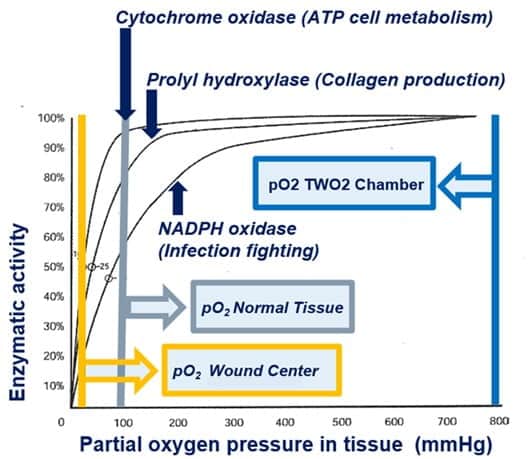
Chronic wounds, such as stasis ulcers, can be challenging to manage, often leading to significant patient discomfort and prolonged healing times. In recent years, medical advancements have provided various innovative therapies to address these challenges effectively. One such treatment gaining traction in wound care is topical hyperbaric oxygen therapy, also known as topical oxygen therapy or topical wound oxygen therapy. This article will delve into topical hyperbaric oxygen therapy, its potential benefits, and its application in managing stasis ulcers.
Understanding Topical Hyperbaric Oxygen Therapy
Topical Hyperbaric oxygen therapy (HBOT) involves the administration of 100% pure oxygen at a pressure greater than sea level atmospheric pressure. This treatment has been utilized for decades to promote healing in various conditions, such as non-healing wounds, decompression sickness, and gas embolism. Traditional HBOT involves patients in a pressurized chamber to breathe in oxygen-rich air.
Topical hyperbaric oxygen therapy, however, takes a different approach. Instead of delivering oxygen systemically, it involves the local application of oxygen to the wound site using specialized devices or dressings. These devices have a concentrated oxygen flow directly to the wound area, creating an environment of heightened oxygen concentration conducive to wound healing.
The Mechanism behind Topical Oxygen Therapy
The fundamental principle behind topical oxygen therapy lies in the beneficial effects of oxygen on wound healing. Oxygen is vital in the cellular processes that facilitate tissue repair and regeneration. When a wound occurs, the surrounding tissue is often deprived of adequate oxygen due to compromised blood flow. Oxygen is necessary for cell energy production, and a deficit of oxygen can lead to impaired cellular metabolism and delayed healing.
The therapy aims to overcome the local oxygen deficiency by topically applying oxygen to the wound site. Increased oxygen levels at the wound site have several positive effects on healing. It enhances the activity of certain enzymes responsible for collagen synthesis, stimulates the formation of new blood vessels (angiogenesis), boosts the immune response, and increases the production of fibroblasts, which are crucial in wound closure.
Topical Hyperbaric Oxygen Therapy for Stasis Ulcers
Stasis or venous ulcers are chronic wounds typically occurring in the lower extremities, often around the ankles or calves. topical wound oxygen therapy results from venous insufficiency, a condition where blood flow from the legs back to the heart is impaired, leading to blood pooling in the veins. The lack of oxygen and nutrients in the affected tissue due to poor blood circulation results in stasis ulcers.
Topical wound oxygen therapy results from venous insufficiency.
Standard treatment for stasis ulcers involves compression therapy, wound dressings, and addressing the underlying venous insufficiency. However, some ulcers may resist conventional treatment, leading to prolonged healing times and recurrent episodes.
Application of Topical Oxygen Therapy for Stasis Ulcers
Topical hyperbaric oxygen therapy has shown promise in managing stasis ulcer that is recalcitrant to conventional treatment. By providing oxygen directly to the wound bed, the therapy aids wound debridement, stimulates angiogenesis, and enhances collagen synthesis. These results in improved tissue oxygenation, reduced bacterial growth, and accelerated wound healing.
The process of administering topical oxygen therapy to stasis ulcers involves using specialized dressings capable of delivering concentrated oxygen to the wound surface. These dressings are often designed to be occlusive, ensuring that the oxygen remains in contact with the wound for an extended period.
Conclusion
Chronic wounds, such as stasis ulcers, can significantly impact a patient's quality of life and pose substantial challenges to healthcare providers. Topical hyperbaric oxygen therapy, which provides oxygen directly to the wound bed, offers a promising approach to managing these complex wounds. This innovative therapy can improve outcomes for patients suffering from stasis ulcers by accelerating the healing process and minimizing complications. As research in this field continues to evolve, topical oxygen therapy may become a standard and widely accessible option in wound care, offering renewed hope to patients and healthcare professionals alike.
For more information about stasis ulcer, click Advanced Oxygen Therapy Inc. for the best treatment for diabetic disease or ulcers.
























